What feels fair for humans can be chaos for dogs.
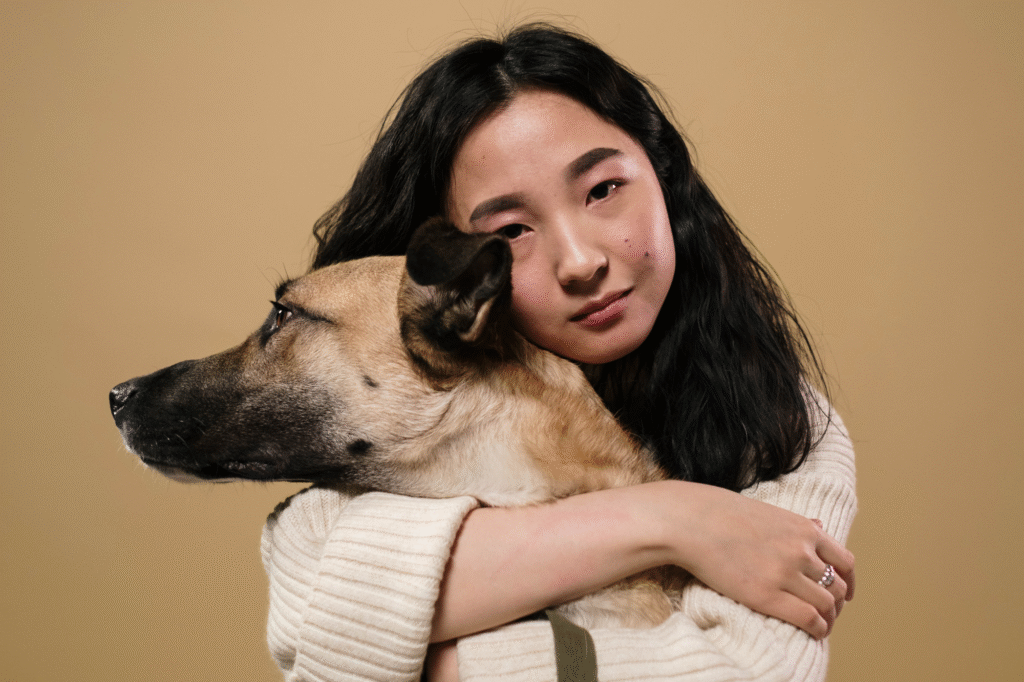
Sharing a dog might sound practical—split expenses, share love, trade off responsibility—but the emotional math rarely adds up the same for the dog. What seems like flexibility to people often translates to disorientation for an animal hardwired for stability, scent, and social routine.
As modern co-parenting and joint living arrangements increase, veterinarians and animal behaviorists are seeing more dogs shuttled between homes. While it may help people navigate breakups or busy schedules, research shows it can quietly erode a dog’s sense of security and attachment. The heart often adapts slower than the schedule.
1. Dogs lose their sense of a secure territory.

Dogs map their world through scent and repetition. When that map changes constantly, their security unravels. According to the American Veterinary Society of Animal Behavior, instability in environment triggers stress behaviors similar to separation anxiety. Each new home smells, sounds, and feels different, forcing the dog to “relearn safety” over and over again.
They may begin pacing, hiding, or marking out of confusion, not defiance. Even calm dogs can start developing hypervigilant habits. Territory isn’t about ownership for dogs—it’s about predictability. And when predictability disappears, anxiety fills the space.
2. Attachment bonds fracture no matter how much love exists.
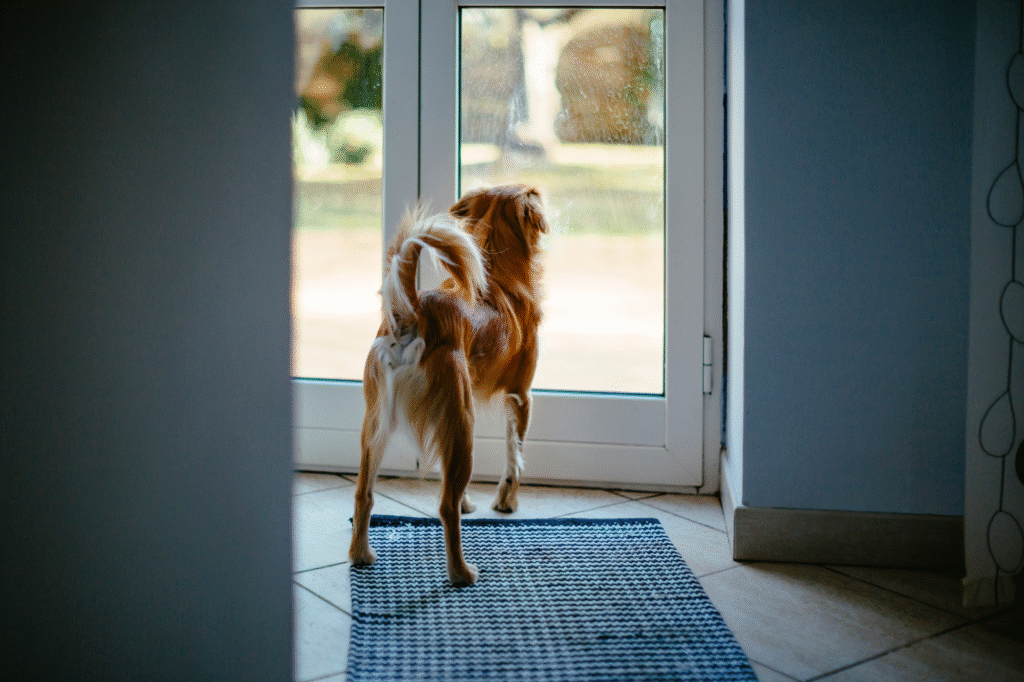
A dog’s emotional bond works like Velcro—it forms deeply with one person or group, not in halves. When that attachment gets split, the dog’s stress hormones rise, leading to restlessness or clinginess. This pattern was described in behavioral studies by the Journal of Applied Animal Welfare Science.
The dog doesn’t understand fairness or visitation rights; it only knows loss when its person walks out the door. Even in amicable splits, they wait by windows, refusing food or toys. To them, love isn’t shared—it’s constant or it’s confusing.
3. Training consistency vanishes between households.
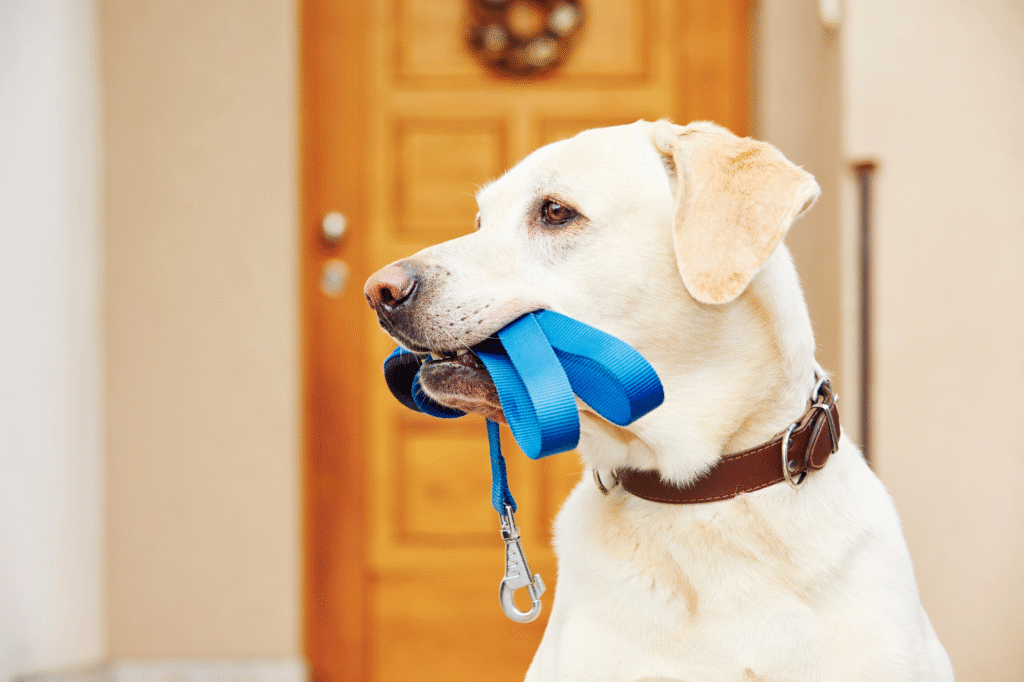
Every home runs by its own rhythm. Commands, tone, feeding routines, even walking styles vary slightly—and dogs notice. As reported by The Veterinary Record, inconsistent reinforcement leads to cognitive stress, causing regression in house manners and obedience.
A cue like “off” may mean one thing in one home and something else in another. Over time, this unpredictability breeds frustration, especially in sensitive breeds. What feels like flexibility to humans becomes constant reprogramming for the dog, who’s just trying to figure out what behavior is “right” today.
4. Different rules around affection confuse emotional boundaries.

In one house, the dog might be allowed on the couch, in another, firmly kept off. One owner may offer endless cuddles, while the other enforces independence. That push-pull dynamic teaches the dog uncertainty about what earns praise or punishment.
The result is hesitation—a once-confident dog becomes cautious or overly appeasing. Emotional security depends on clear, stable expectations, and fluctuating affection patterns blur that line completely. Even the warmest love loses power when it arrives wrapped in inconsistency.
5. Dogs often develop stress-induced physical symptoms.

Chronic anxiety doesn’t just show up in behavior—it takes a physical toll. Shared dogs frequently experience digestive issues, shedding, or recurring skin flare-ups from cortisol spikes linked to environmental change. The pattern can mimic allergies, leading owners to treat symptoms without addressing the root cause.
Their immune systems weaken under constant adjustment. For dogs with sensitive stomachs or preexisting conditions, the cycle of travel and reorientation only amplifies stress. Routine isn’t luxury for dogs—it’s medicine, and losing it can manifest in the body before the eyes.
6. Sleep cycles get disrupted across new environments.

Dogs rely on scent and sound cues for restful sleep. New beds, ambient noises, or lighting throw off their circadian rhythm. It’s not unlike jet lag, except they never fully recalibrate before moving again. Over time, this fatigue builds into irritability or reduced focus.
Owners might misinterpret the change as laziness or stubbornness. In reality, it’s exhaustion. Dogs thrive on deep, consistent rest in a predictable den-like space. When that changes week to week, their nervous systems never reset.
7. Travel triggers association anxiety over time.
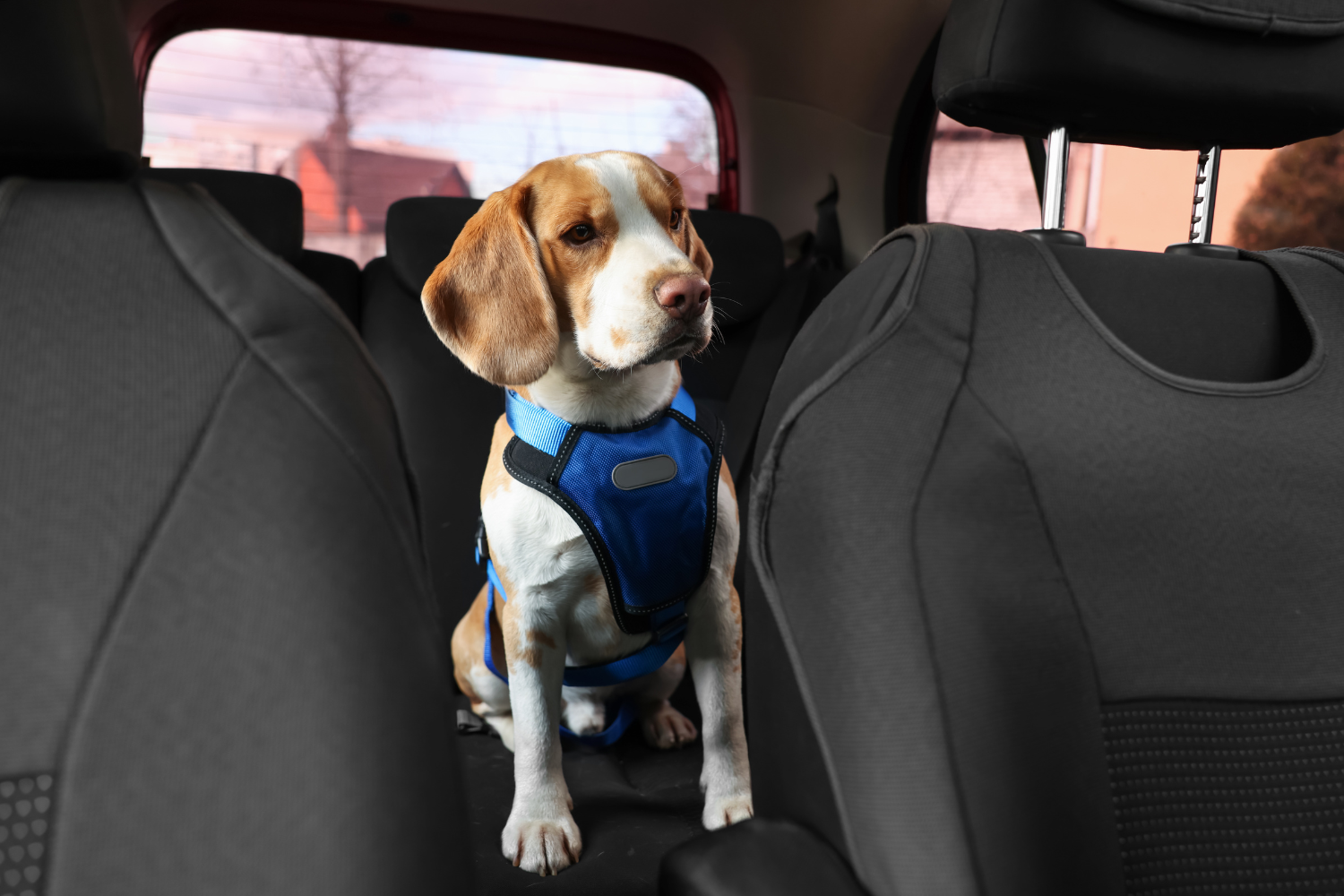
Car rides or packing bags can start signaling separation, even if the dog enjoys travel otherwise. Over months, the link between motion and loss forms, leading to drooling, whining, or trembling when someone grabs the leash.
Dogs remember patterns, and if every drive ends with a change in their social world, it stops feeling like adventure and starts feeling like displacement. The saddest part is they rarely protest outwardly—they just grow quieter each time.
8. Household scent confusion disrupts their sense of identity.

Dogs identify “home” through smell. When they live between multiple environments, their scent database becomes fragmented. They start carrying one household’s odor into another, which can trigger tension with other pets or even themselves.
Some dogs spend hours re-marking new territory or sniffing their beds obsessively, trying to rewrite the sensory map. It’s not misbehavior—it’s a desperate attempt to reestablish belonging. For creatures who understand the world through their noses, being between scents is like living between selves.
9. Schedules rarely sync between owners, leaving gaps in care.

Even with the best intentions, feeding times, medications, or walks tend to drift when two households share responsibility. Those small lapses accumulate—blood sugar swings, missed doses, or restless nights. Inconsistent timing affects digestion, sleep, and even hormone balance.
Veterinarians often see this pattern in diabetic or senior dogs moved frequently between homes. Each transition resets the dog’s internal clock, causing confusion that only grows over time. Routines may sound trivial, but for animals built on rhythm, they define stability.
10. The dog ends up emotionally loyal to neither home.
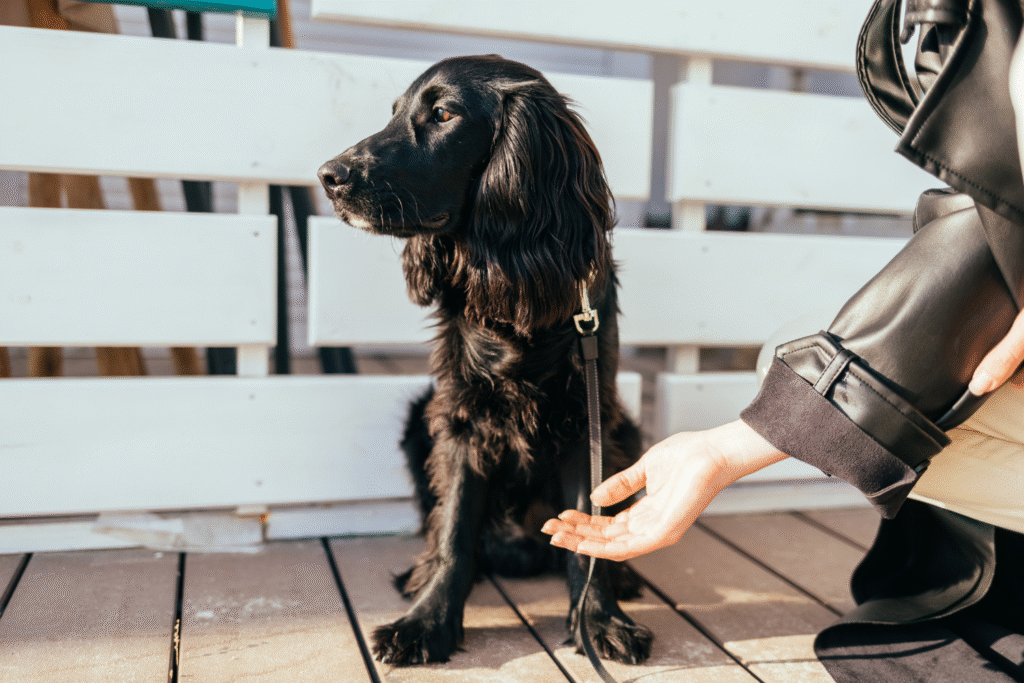
At some point, many shared dogs stop fully attaching to anyone. They become adaptable but detached, affectionate but distant—a survival mechanism. The constant rotation teaches them not to depend too deeply, because stability never lasts.
It’s a quiet heartbreak masked as “easygoing.” They stop expecting continuity, just adapting to whoever feeds them next. And that’s where sharing fails most deeply—not in logistics, but in love. Dogs are built to belong, not to balance between. When we split them across worlds, they learn to stand still in the middle, waiting for one to finally stay.
